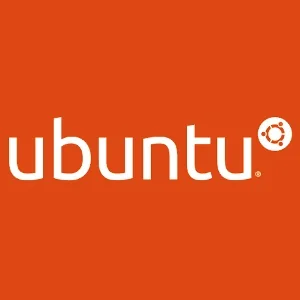Ubuntu On Stuff, KVM On ARM A15, GLPROXY

Below is some of what happened (and my thoughts) on a few of the interesting events.
Ubuntu On Everything: Mark Shuttleworth's keynote this morning was largely about seeing Ubuntu on all sorts of devices from the traditional desktop to smart-phones to TVs. He hopes to see Ubuntu on all sorts of stuff ready in time for Ubuntu 14.04 LTS, in two and a half years from now.
Ubuntu on Televisions was discussed at length in an afternoon technical session. One of the big stumbling blocks for Ubuntu on TVs will come down to hardware issues. MIPS hardware is big in this area, and while there is upstream MIPS architecture support in the Linux kernel, there is no Ubuntu MIPS port at the moment. ARM hardware is up-and-coming for TV devices, but isn't yet fully widespread. Besides the processor architecture, Ubuntu on TVs will also need good support for cable cards, device controllers, and remotes. Along the hardware lines, there will also need to be device integration support with DVRs and other peripherals.
There's already some Ubuntu/Linux efforts in this area like MythTV/Mythbuntu and XBMC, but chances are Canonical will end up brewing their own solution. Other items talked about for Ubuntu on TVs were mobile applications for remote control via your smart-phone over Bluetooth, using Ubuntu One as an integration point between devices, content mashing, UPnP discovery, and Microsoft Kinect integration.
It will be a while before we see how Ubuntu really evolves on TVs and other unique form factors.
GLPROXY: One of the efforts within the Linaro graphics memory management working group is glproxy. The glproxy library allows for run-time switching between OpenGL and OpenGL ES back-ends when launching an application/game. Right now glproxy is mostly a proof of concept, but it allows for abstracting the context initialization so that the application can remain unaware what GL back-en it's using and the window system interface library (GLX or EGL). It currently handles OpenGL and OpenGL ES and GLX, but the EGL support is still a work in progress.
The glproxy work is talked about on this notes page.
QEMU/KVM On A15: Linaro is planning to support QEMU/KVM on ARM's A15. The ARM Cortex A15 is the next-generation ARM architecture processor that's significantly faster than the current-generation A9 processors and should be available next calendr year. The ARM Cortex A15 is going to be really exciting and for it the Linaro members are looking for KVM virtualization support. The work required for the QEMU/KVM on A15 support and other work is talked about on this Launchpad Blueprint.
Systemd / PackageKit Integration: In order to support the latest GNOME packages that expect systemd and PackageKit on the system, there will be some level of integration. The systemd integration will basically come down to packaging the systemd interfaces for Ubuntu main and re-implementing these interfaces so they can take advantage of Ubuntu's system services, since Ubuntu still isn't interested in using systemd. The PackageKit integration support in Ubuntu is more hopeful but there is no immediate time-frame for when the PackageKit with apt integration may be set for Ubuntu.
Xen In Ubuntu: Now that Xen support is back in Ubuntu after the Xen patches were merged into the mainline kernel, Ubuntu developers are deciding what to do about it in 12.04 Precise Pangolin. In particular, they're deciding between Xen 4.1 and 4.2 for this next LTS release, providing a Xen meta-package in Ubuntu, testing Xen with the libvirt library, providing greater testing of Xen, and more. The Xen support should improve in Ubuntu Linux, but KVM virtualization will continue to be the primary choice for Linux virtualization on Ubuntu.
Ubuntu On Tablets: MeeGo, WebOS, and Android were brought up as part of this discussion. Important factors for Ubuntu on tablets are power management, performance (OpenGL ES acceleration, sufficient system memory, etc), accessibility, and wide application support. Chromium, Mozilla Fennec, and Android Browser were discussed as potential web-browsers for Ubuntu on tablets.
4 Comments

